“There’s beauty in all the trauma”: Riley Keough, Gina Gammell and Franklin Sioux Bob on War Pony
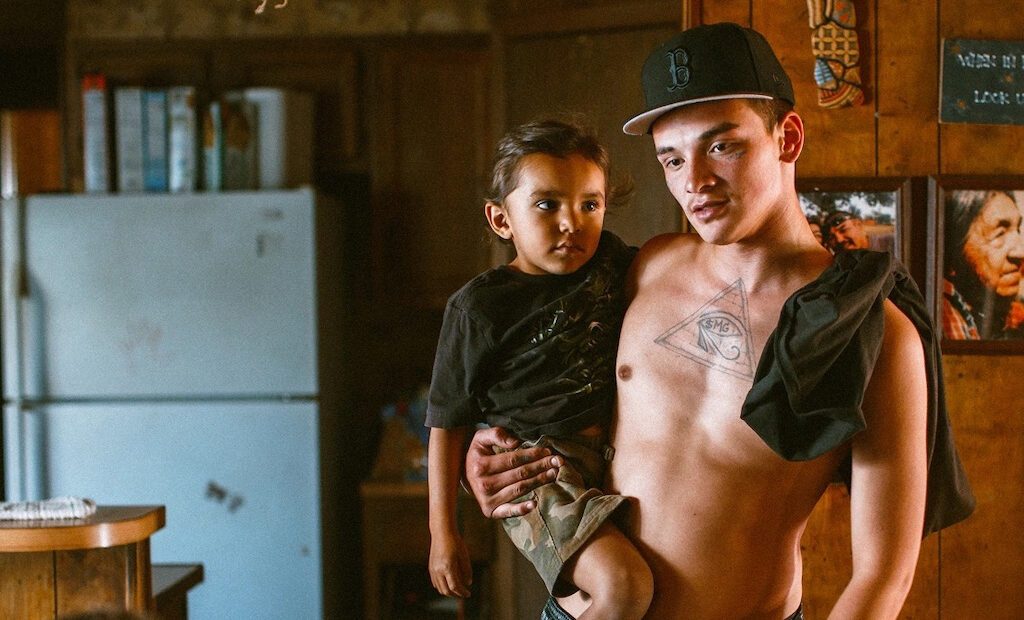
War Pony, the feature directorial debut for both Riley Keough and Gina Gammell that clinched the Camera D’Or At Cannes Film Festival 2022 for best first feature film, follows the story of two young Native Americans living in Pine Ridge, South Dakota. It was born out of a collaboration first sparked by a friendship between Keough and two indigenous locals – Franklin Sioux Bob and Bill Reddy – while on the set of Andrea Arnold’s scintillating American Honey (in which Keough stars and the latter pair were extras). Many evenings of exchanged stories – or rather war stories, – later, and a script based on the pair’s life experiences gave rise to a dual coming-of-age narrative following two Oglala Lakota men of differing ages: 23-year-old Bill (Jojo Bapteise Whiting) and 12-year-old Matho (LaDainian Crazy Thunder), both hustling their way through a life riddled with hurdles to find a way of belonging.
Neorealist style brings aesthetic beauty to a film that bristles with authenticity, rebuffing at every turn the too-easy stereotypes (if not out-and-out poverty porn) traded in by filmmakers when portraying Native American communities. From the South Dakotan landscapes to the grittiness and, at times, ruthless reality of everyday life on the reservation, combined with the emotionally wrought performances from the incredible newcomer cast, all is captured with a sense of straight-up honesty that avoids melodrama and lands even more poignantly because of the fact. As Chloé Zhao was able to achieve with The Rider, the gap between filmmaker and subject, the aspect of an outsider looking in, is closed by integrating the subjects into the very DNA of the storytelling. The result is an immersive few hours spent in the dusty shoes of our protagonists in this stirring slice-of-life feature. Chatting up girls and growing up too fast, trying to make money from poodle puppies and drug deals gone sour, themes of fatherhood, deprivation and racial tension are explored with an unexpected lightness of touch. In spite of its understated tone, there is a cry from the screen for the voices of such communities to be listened to and heard. Hopefully, it’s a cry that will now, finally, be heard.
The Upcoming had the pleasure of speaking to the filmmakers ahead of War Pony landing in UK cinemas about how their collaboration came to be, their approach to ensuring the film’s authenticity, and capturing the beauty of Pine Ridge on-screen.
Congratulations on the film – absolutely amazing! I really loved everything about it. For people who don’t know anything about War Pony, what they can expect?
Gina Gammell: Frank, you can take that one!
Franklin Sioux Bob: I’m bad at this! It’s really hard to summarise because I’ve lived most of these stories or most of the story or most of the film was life experiences, so it’s hard for me to separate that and say that this wasn’t my life. Gina?
GG: I think it’s an honest story about two Native American young men from Pine Ridge, South Dakota. And it is an emotional roller coaster of coming of age…
Riley Keough: It’s a romantic comedy!
GG: A romantic comedy about a man and a poodle?! That’s the answer.
Spot on! I enjoyed reading about the backstory – that it all came about off the back of another film that I also love, Andrea Arnold’s American Honey, and it was almost by chance that you came across each other and started spending time together, so the film came to be in this very organic way. Can you tell us a bit about the genesis of the project? And for you, Riley and Gina, why was this a story that just had to be told on the big screen for your directing debuts?
Riley Keough: Yeah, well, it was just a friendship that was made when I was filming American Honey. I met Bill and Frank and we just became friends and hung out for a few days while we were shooting. And then, when I left, I just felt really sad and I wanted to get back to Pine Ridge. And then I was just like, “Right”. I think we were texting at that point, because we’d hung out a bunch while I was there, and then I think I was like, “I think I want to come back.” And then I was like, “Gina, you should come with me and let’s go hang out.” So we just ended up hanging out all summer with no plan yet. Just, like, we were being 25 years old, and hanging out.
From that point of deciding to work together, it sounds like it was such a collaborative process – even finding the cast and actually developing the characters. So even though, in the final film, obviously, everything was scripted, the process to get to that point, also seems very organic. Can you talk that collaboration and how you developed these two main characters whose stories run in parallel for the most part?
Gina Gammell: So we met Bill and Frank, and then there were years and years of friendship before any kind of formal collaboration started. And I think that the friendship was very much… it was summers spent together, messing around and being people in our 20s. And I think that what we identified very quickly is what magnificent storytellers both Billy and Frank were – and are. We’d laugh a lot because part of what was what made them such magnificent storytellers was that they would tell a story, and then sometimes the stories would would go on tangents. And sometimes you’d be like, “Wait, how much of this is real and how much of this is exaggerated?” or “How much of this is emphasised?” – and I think that that’s part of the brilliance of their storytelling. But also, often, the stuff that sounded the most insane, or the most unreal, was all true stories and true lived experiences.
RK: And none of them made it into the movie! [all laugh]
GG: And I think that that was the beginning of the collaboration. When I look back on it now, it’s actually those years of exchanging stories and storytelling that eventually turned into, “Okay, let’s see if we can transform some of these into scenes or into script format.” And then that was really the collaboration. The collaboration was a bunch of friends hanging out, exchanging stories and then funnelling their stories into something that made more linear sense as a narrative. And that essence was true to the whole collaboration of making the entire film. That collaboration stayed intact, all the way through to now – through press, even. Like, it is that core crew, all the way through filming, all the way through talking about visual language and cinematography, casting all of them; I think that what happened along the way is we just picked up more collaborators. Our cast became very, very, very integral and meaningful collaborators, and our producer, Willi White. I think that essence of collaboration, and it being rooted in family and friendship, is how this movie was maintained and made. it was made over many, many years. We started shooting at the end of 2019, and stopped shooting in the end of middle of 2021, so it was a lot of stopping and starting, a very nonlinear process. And I think that it was all based in this mutual understanding and friendship and deep, deep, deep collaboration.
You mentioned visual language there – I wanted to ask next about the look and feel of the film, which I think really balances so well with the grittiness and the realism of life in this specific place, while also capturing the beauty of the landscapes of Pine Ridge. In fact, the whole film looks very beautiful to look at. Was it important to balance those things?
GG: Yeah, I think that… Listen, the cinematography is just really honest. South Dakota is beautiful, our cast is beautiful, and a lot of their homes are really, really charming and beautiful. So I think that the directive – and I’m gonna let Frank speak to this, actually – but the directive was like, “Let’s not make a meal out of anything, let’s not exaggerate anything, let’s not over-emphasise anything, trying to make anything feel more gritty than it is, or more beautiful than it is. Let’s just be honest, and let’s be authentic, and let’s be real.” And I think that the way that we approach the camera – like not doing immersive, handheld, which is trying to emphasise details or things that would create more of a certain emotion, more of a certain feeling, and just really composed, honest, sort of more photography, that the camera moves when it’s got something to move for – it was very challenging, but I think that that was a directive from Bill and Frank of like, “Let’s capture the film honestly, in the same way that we captured it on the page honestly.” But I will let Frank speak to that a bit because that very much came from him and Bill.
FSB: I think it’s like Pine Ridge is its own character. It’s a character you didn’t have to write because it was already there; you just had to capture it right. And if you didn’t, it would look like the typical poverty porn. But if you just captured Pine Ridge, how Pine Ridge is – there’s beauty in all the trauma, there’s just a beautiful landscape. It’s just there are no opportunities – it might be. That’s what needed to be showcased. It’s just Pine Ridge is its own little wild, wild west world, but there’s beauty in it. It’s just… it’s hard to show it because most filmmakers show the poverty porn, and they show the same three rundown trailers and the vinyls from 2005. That little side town’s not even there anymore, but they still revert back to those same photos every single time. So showing Pine Ridge as its own character was huge for me because I grew up there my whole life and Pine Ridge is its own character. You can’t disregard that. So I’m just glad that it was captured.
Sarah Bradbury
War Pony is released in UK cinemas on 9th June 2023. Read our review here.
Watch the trailer for War Pony here:

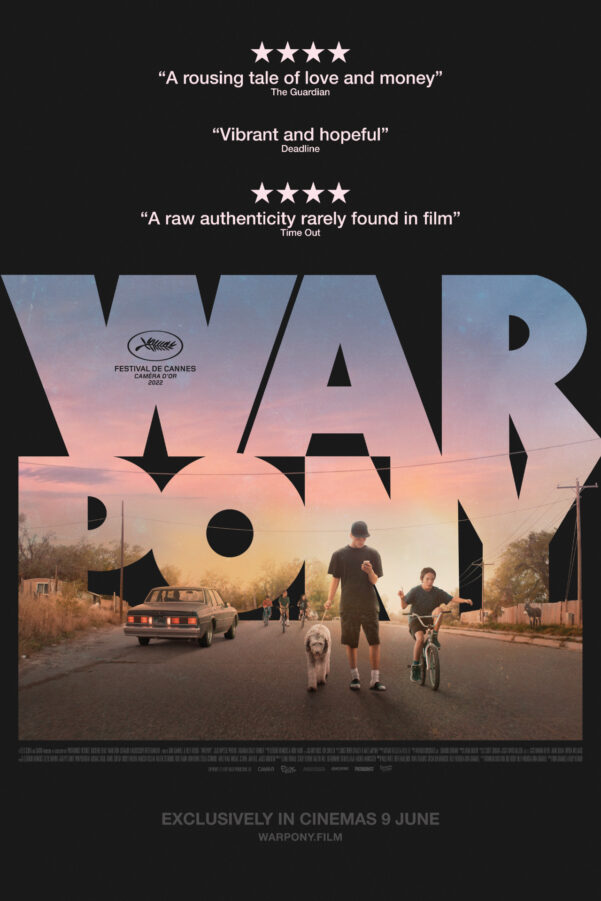
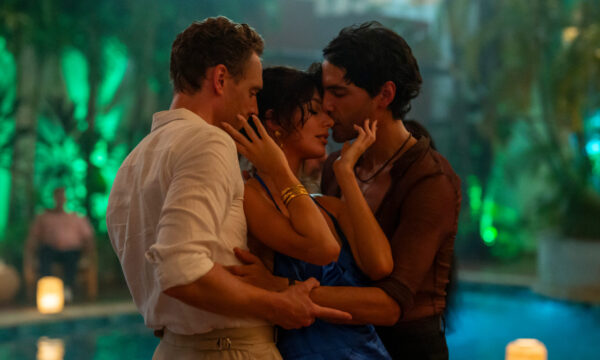
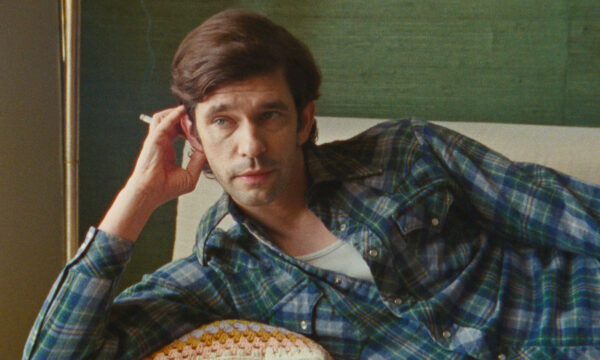
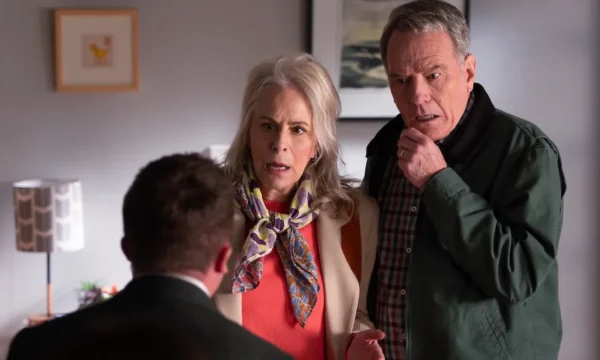
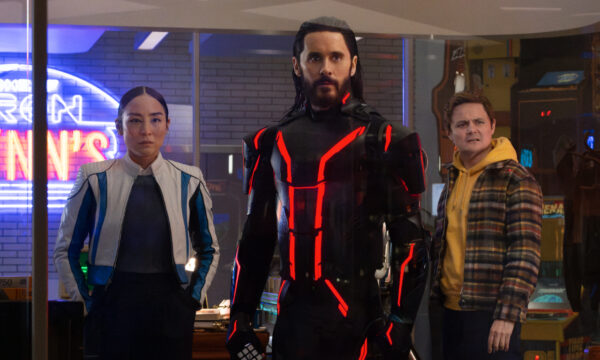
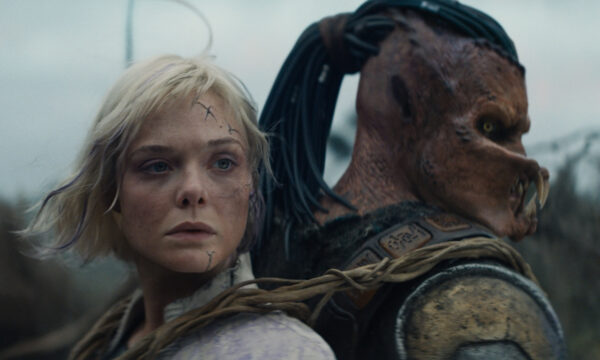
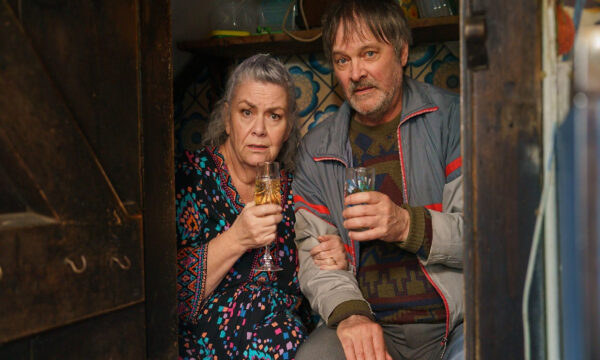

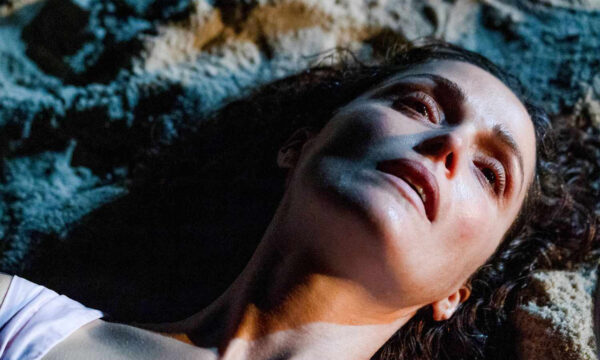
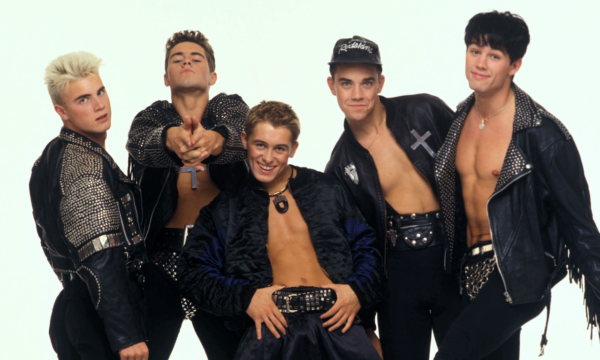


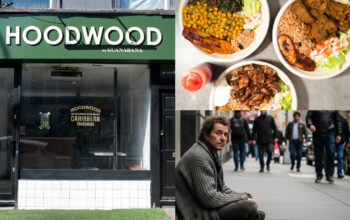


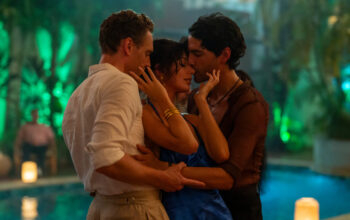
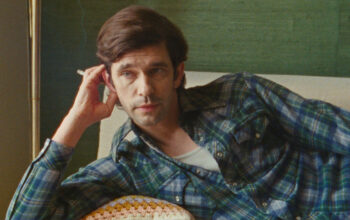


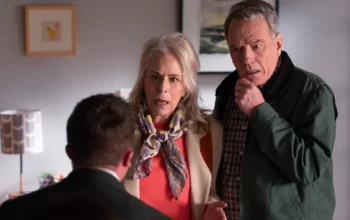
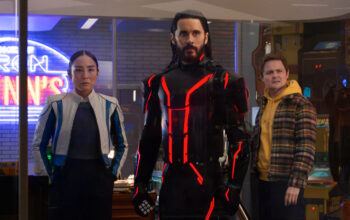
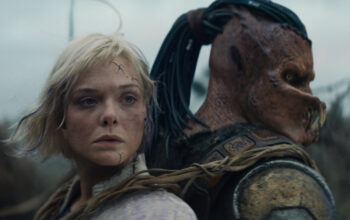
Facebook
Twitter
Instagram
YouTube
RSS